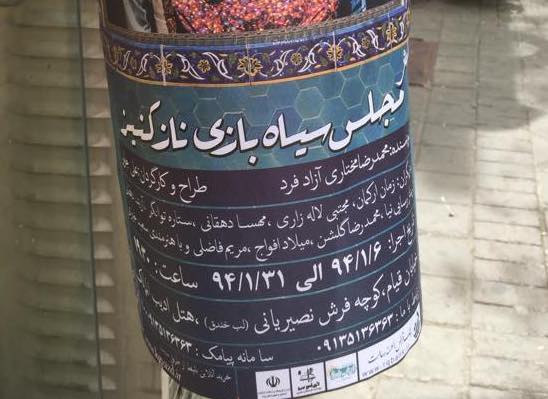Every year, around the arrival of the Spring equinox, Iranians in Iran and in diaspora will recognize a minstrel named Haji Firuz with his Nowruz jingle. The inclusion of Haji Firuz during Nowruz festivities has been questioned and challenged for decades; where some will point out his connections to anti-Blackness, others will defend Haji Firuz, arguing that his face is only covered in soot from fires also associated with the holiday. This article contextualizes these arguments as a part of a larger discourse of denying racism in Iran and, more poignantly, erasing Iran’s history of slavery altogether. This article addresses the consequences and pitfalls of defending Haji Firuz’s blackface performance, and its implications for the broader Iranian community.
Articles by Beeta Baghoolizadeh
Beeta Baghoolizadeh (PhD in History, University of Pennsylvania) is Assistant Professor of History and Africana Studies at Bucknell University. She is currently working on her book project, tentatively titled, The Color Black: Enslavement and Erasure in Iran. Dr. Baghoolizadeh is the director of the Ajam Digital Archive and the artist behind “Diaspora Letters.” She serves as Resident Historian for the Collective for Black Iranians. Find her on Twitter at @beetasays.
